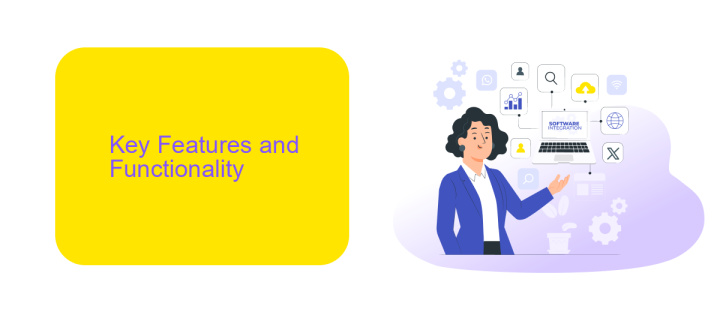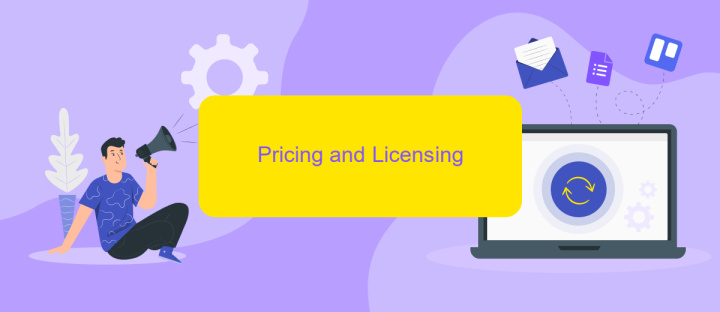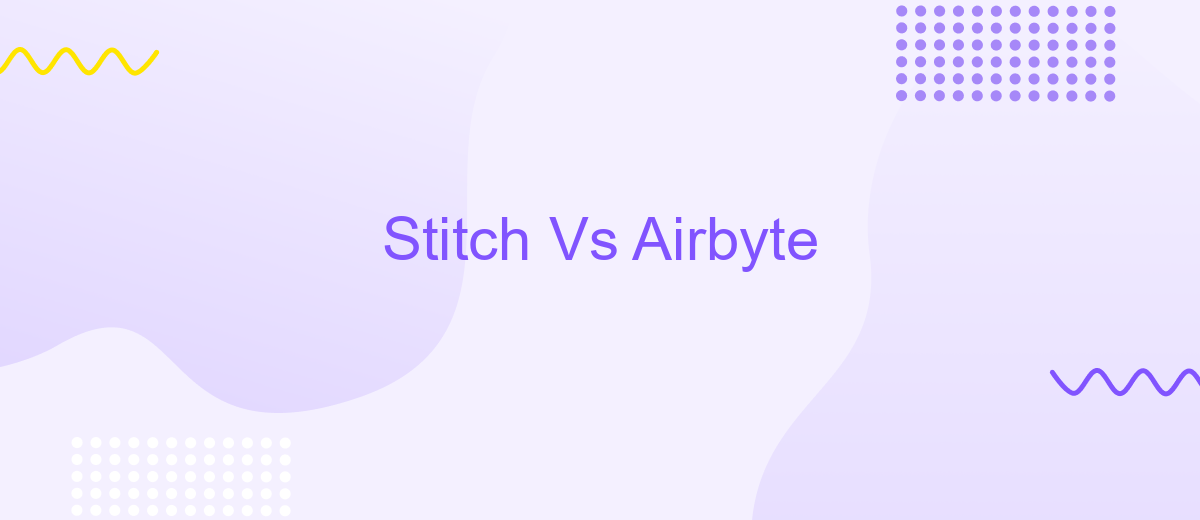Stitch Vs Airbyte
When it comes to modern data integration solutions, Stitch and Airbyte stand out as two prominent contenders. Both platforms offer robust capabilities for extracting, transforming, and loading data from various sources, but they differ in their approach, ease of use, and customization options. This article delves into a comparative analysis of Stitch and Airbyte to help you determine which tool best suits your data integration needs.
Stitch vs Airbyte: An In-Depth Comparison
When comparing Stitch and Airbyte, it's essential to understand their unique features and capabilities. Both platforms are designed to facilitate data integration, but they cater to different needs and preferences. Stitch is known for its simplicity and ease of use, making it a popular choice for small to mid-sized businesses. On the other hand, Airbyte offers more customization and flexibility, which appeals to larger organizations with complex data requirements.
- Ease of Use: Stitch offers a user-friendly interface, while Airbyte requires more technical expertise.
- Customization: Airbyte provides extensive customization options, whereas Stitch has more standardized connectors.
- Open Source: Airbyte is open-source, allowing for community contributions and transparency. Stitch is a proprietary platform.
- Integration: Both platforms support a wide range of data sources, but Airbyte's flexibility gives it an edge in complex scenarios.
For businesses looking for a straightforward solution, Stitch is an excellent choice. However, if your organization requires a more tailored approach, Airbyte may be the better option. Additionally, services like ApiX-Drive can enhance your integration process by providing seamless connectivity and automation, making it easier to manage your data workflows efficiently.
Key Features and Functionality

Stitch and Airbyte are both powerful ETL tools designed to facilitate data integration, but they offer distinct features and functionalities that cater to different needs. Stitch is known for its simplicity and ease of use, providing a user-friendly interface that allows users to set up data pipelines quickly. It supports a wide range of data sources and destinations, making it suitable for small to medium-sized businesses. Stitch also offers automated schema detection and historical data sync, ensuring that data is always up-to-date and accurate.
On the other hand, Airbyte excels in its flexibility and customization capabilities. It is an open-source platform, which means users can modify and extend its functionalities to meet specific requirements. Airbyte supports a growing list of connectors and allows users to build custom connectors if needed. For businesses looking to integrate with a variety of applications and services, tools like ApiX-Drive can be invaluable, as they provide seamless integration capabilities without the need for extensive coding. This makes Airbyte a preferred choice for larger enterprises with complex data integration needs.
Pricing and Licensing

When evaluating Stitch and Airbyte, pricing and licensing are crucial factors to consider. Both platforms offer different pricing models and licensing options, catering to various business needs.
- Stitch: Stitch operates on a subscription-based model with tiered pricing. The basic plan starts at 0 per month, allowing up to 5 million rows of data per month. Higher tiers provide more rows and additional features, such as historical sync and premium support.
- Airbyte: Airbyte offers an open-source model with a free community edition, making it an attractive option for startups and small businesses. For enterprises, Airbyte provides a cloud-hosted version with tailored pricing based on data volume and specific requirements.
Choosing between Stitch and Airbyte depends on your budget, data volume, and need for support. For businesses looking for a cost-effective, customizable solution, Airbyte's open-source model is appealing. However, Stitch's tiered pricing and robust support might be better for those needing a more managed service. Additionally, services like ApiX-Drive can be integrated with both platforms to streamline data workflows and enhance overall efficiency.
Pros and Cons

When comparing Stitch and Airbyte, each has its own set of advantages and disadvantages. Stitch is known for its simplicity and ease of use, making it a popular choice for small to medium-sized businesses. On the other hand, Airbyte offers more flexibility and customization options, which can be beneficial for larger enterprises with complex data needs.
Stitch provides a user-friendly interface and straightforward setup process, which is ideal for users who may not have extensive technical expertise. Conversely, Airbyte's open-source nature allows for greater customization and integration with a wider range of data sources, but it may require more technical knowledge to fully leverage its capabilities.
- Stitch: Simple and easy to use, ideal for small to medium-sized businesses
- Airbyte: Highly flexible and customizable, suitable for larger enterprises
- Stitch: Limited customization options
- Airbyte: Requires more technical expertise
For those looking to streamline their integration processes without deep technical involvement, services like ApiX-Drive can be highly beneficial. ApiX-Drive offers a variety of tools to automate and manage integrations efficiently, making it an excellent complement to both Stitch and Airbyte.
Conclusion
In conclusion, both Stitch and Airbyte offer robust solutions for data integration, each with its own unique strengths. Stitch is known for its simplicity and ease of use, making it an excellent choice for smaller teams or those new to data integration. On the other hand, Airbyte provides greater flexibility and customization options, which can be highly beneficial for more complex data workflows and larger organizations.
While both tools have their merits, the choice ultimately depends on your specific needs and technical expertise. Additionally, services like ApiX-Drive can further enhance your data integration processes by providing seamless and automated connections between various applications and platforms. By leveraging the right tools and services, you can ensure efficient and reliable data integration tailored to your business requirements.


FAQ
What are the key differences between Stitch and Airbyte?
Which platform is better for a small business with limited technical resources?
Can both Stitch and Airbyte handle real-time data processing?
Are there any third-party services that can help integrate these platforms with other tools?
What are the cost implications of using Stitch vs. Airbyte?
Do you want to achieve your goals in business, career and life faster and better? Do it with ApiX-Drive – a tool that will remove a significant part of the routine from workflows and free up additional time to achieve your goals. Test the capabilities of Apix-Drive for free – see for yourself the effectiveness of the tool.

